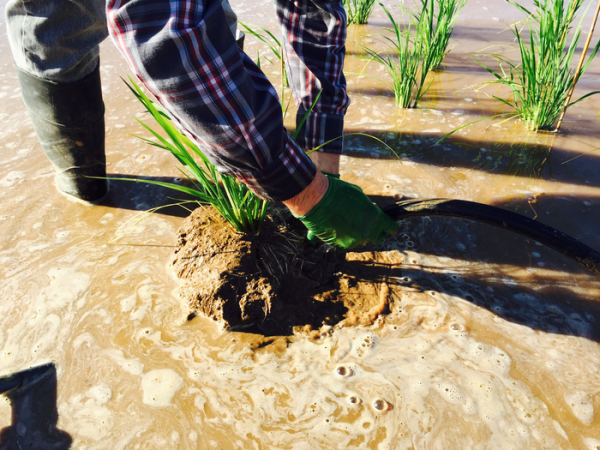Plants — they’re just like us, with unique techniques for handling stress. To save one of the most important crops on Earth from extreme climate swings, scientists are mapping out plants’ own stress-busting strategies.
A UC Riverside-led team has learned what happens to the roots of rice plants when they’re confronted with two types of stressful scenarios: too much water, or too little. These observations form the basis of new protective strategies.
“This one crop is the major source of calories for upwards of 45 percent of humanity, but its harvests are in danger,” said Julia Bailey-Serres, UCR geneticist and study lead. “In the U.S., floods rival droughts in terms of damage to farmers’ crops each year.”
While it is possible for rice to flourish in flooded soils, the plants yield less food or even die if the water is too deep for too long. This work simulated prolonged floods of five days or longer, in which plants were completely submerged. It also simulated drought conditions.
Read more at University of California - Riverside
Image: Rice plants submerged as part of the long-running investigation into root responses. (Credit: Julia Bailey-Serres/UCR)


